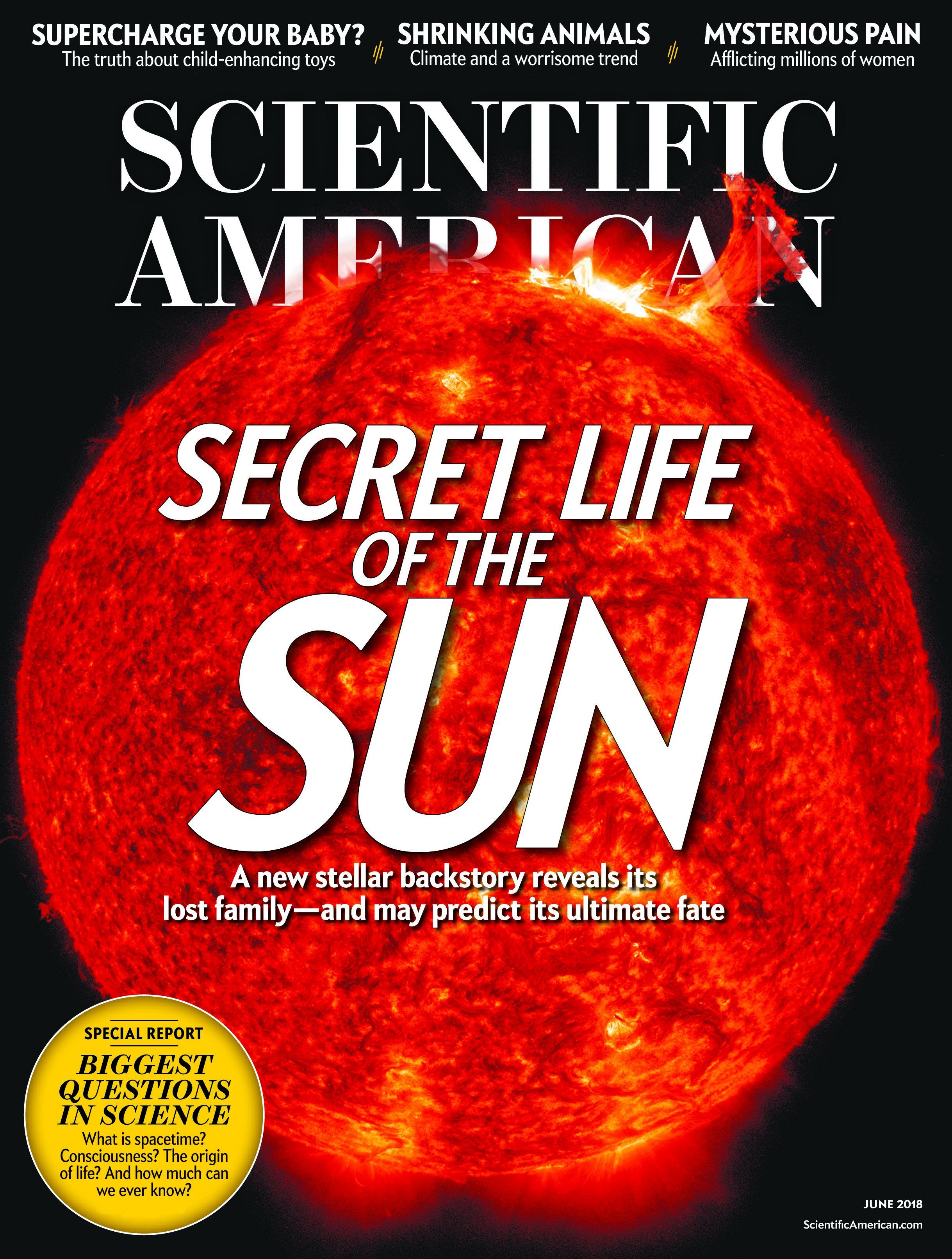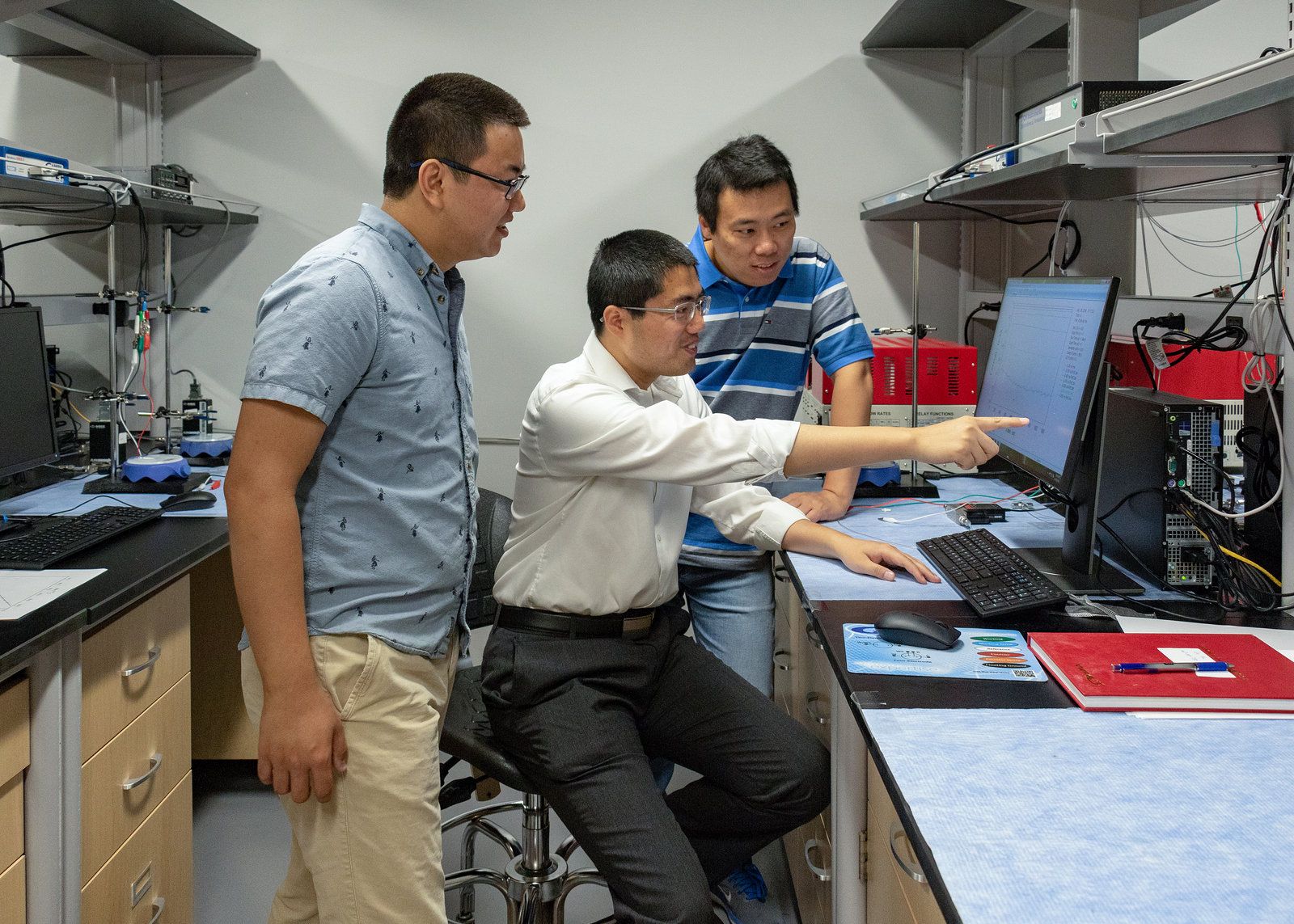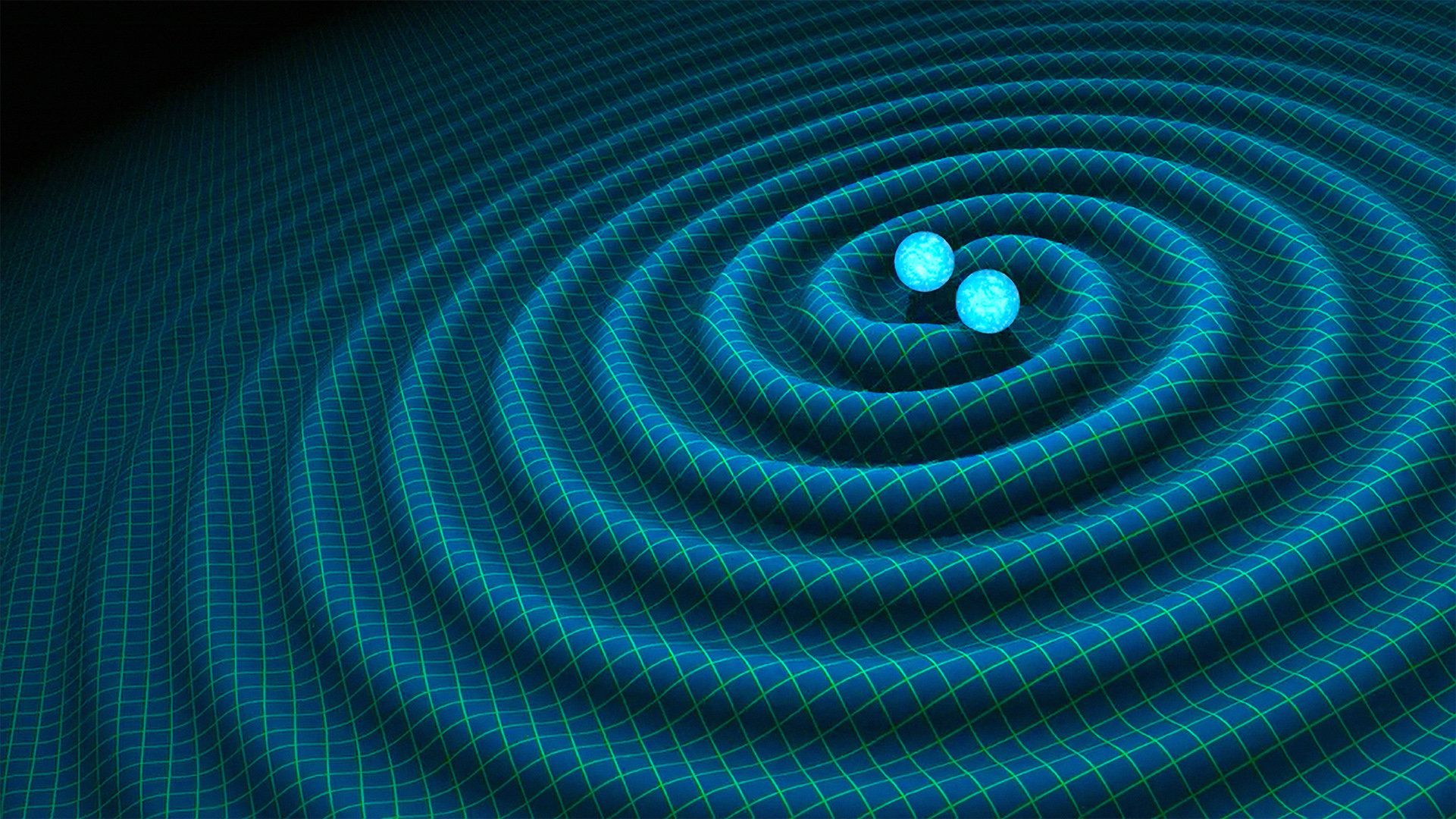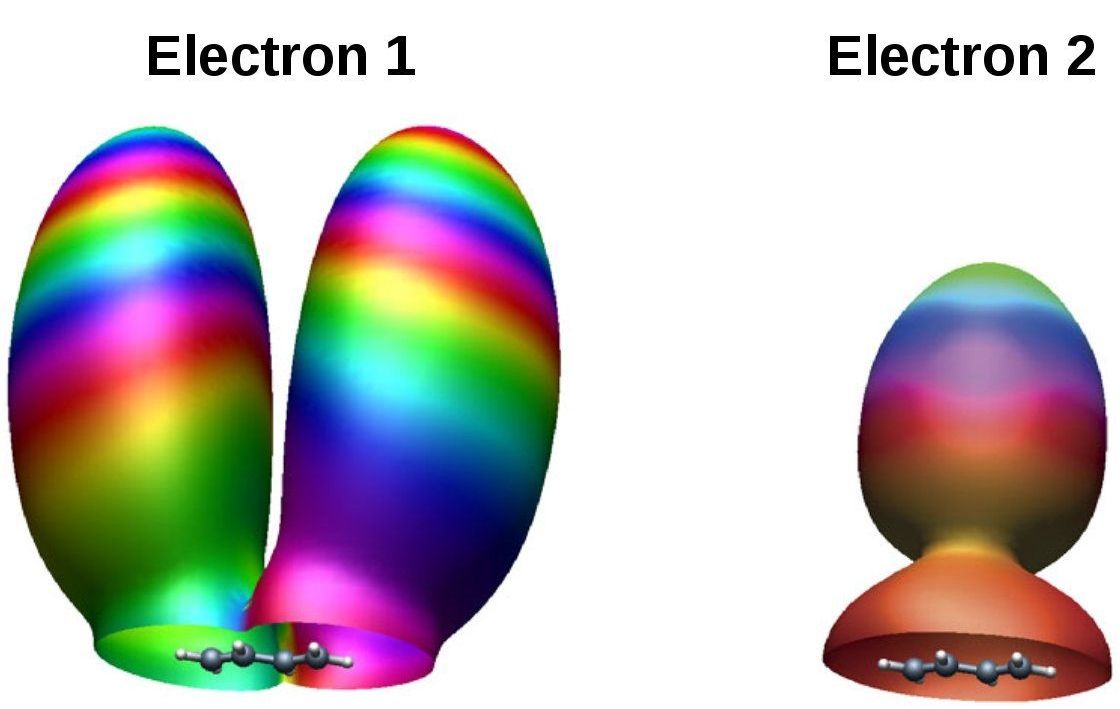Using a pioneering method, researchers from the Astronomy and Astrophysics Group of the UPC and the Canary Islands Institute of Astrophysics (IAC) have found a neutron star of about 2.3 solar masses—one of the most massive ever detected. The study was published on the 23rd of May in the Astrophysical Journal and opens a new path of knowledge in many fields of astrophysics and nuclear physics.
Neutron stars (often called pulsars) are stellar remnants that have reached the end of their evolutionary life: they result from the death of a star of between 10 and 30 solar masses. Despite their small size (about 20 kilometres in diameter), neutron stars have more mass than the sun, so they are extremely dense.
Researchers from the Universitat Politècnica de Catalunya (UPC) and the Canary Islands Institute of Astrophysics (IAC) used an innovative method to measure the mass of one of the heaviest neutron stars known to date. Discovered in 2011 and called PSR J2215+5135, with about 2.3 solar masses it is one of the most massive of the more than 2,000 neutron stars known to date. Although a study published in 2011 reported evidence of a neutron star with 2.4 solar masses, the most massive neutron stars that had previously achieved a consensus among scientists, reported in 2010 and 2013, have 2 solar masses.









